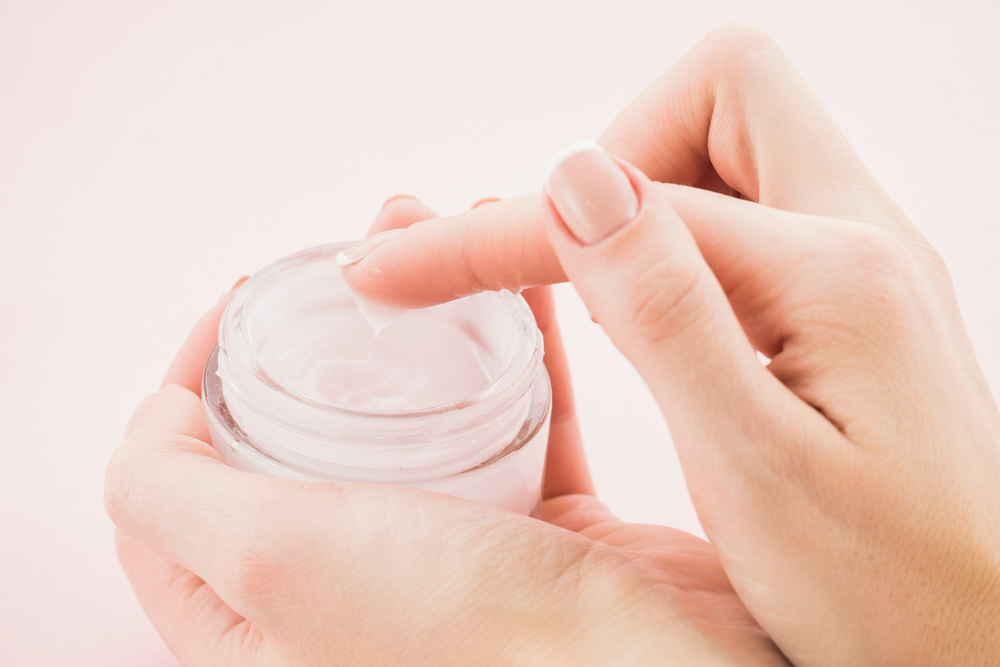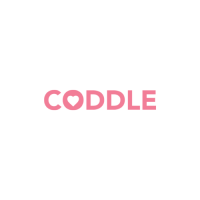Ingredients to Look for (and Avoid) in a Nipple Balm for Breastfeeding

Strong 8k brings an ultra-HD IPTV experience to your living room and your pocket.
Breastfeeding is one of the most natural and nurturing things a new mother can do—but that doesn’t mean it’s always easy. Sore, cracked, and dry nipples are common challenges during the early weeks, and many moms turn to nipple balm for soothing relief. But here’s something not often talked about: not all nipple balms are safe—or suitable—for breastfeeding moms and their babies.
What you apply on your skin can end up in your baby’s mouth. That’s why choosing the right nipple balm for breastfeeding is more than a comfort decision—it’s a safety one too. Let’s break down the must-have ingredients in a nipple balm, and which harmful ones to steer clear of.
Why Ingredients Matter in Nipple Balm
Your nipples are not only sensitive—they're also in constant contact with your baby’s mouth. Many over-the-counter balms contain chemicals or allergens that might irritate your skin or be unsafe for your baby to ingest. When you choose a nipple balm, it should be:
- Safe if ingested (since washing it off every time is impractical)
- Soothing for cracked or sore skin
- Made with non-toxic, natural, and ideally organic ingredients
Ingredients to Look For in a Safe, Effective Nipple Balm
The best nipple balms contain a combination of healing, hydrating, and calming ingredients—all from clean, baby-safe sources. Here are some you do want to see on the label:
1. Olive Oil
A gentle moisturizer packed with antioxidants, olive oil helps hydrate skin and prevent further cracking. It’s a natural emollient that supports healing and locks in moisture.
2. Carnauba Wax
A vegan alternative to beeswax, carnauba wax helps form a protective barrier on the skin without clogging pores or introducing allergens. It’s safe and plant-derived—great for moms who prefer vegan products.
3. Shea Butter
Shea butter is rich in vitamins A and E and has powerful anti-inflammatory properties. It’s deeply nourishing and helps soothe irritated or inflamed skin quickly.
4. Sunflower Oil
Light and gentle, sunflower oil helps repair the skin barrier and has a natural calming effect. It’s ideal for daily use and won’t leave a greasy residue.
5. Calendula Flower Extract
Known for its skin-healing powers, calendula soothes inflammation and encourages cell regeneration. It’s often used in natural baby products for its safety and effectiveness.
6. Marshmallow Root
This underrated plant ingredient is incredibly soothing for dry, sensitive, or broken skin. It forms a protective, breathable layer and is known for its natural anti-inflammatory benefits.
7. Coconut Oil (Unrefined)
While some moms may be sensitive to it, coconut oil has antibacterial and antifungal properties and helps with skin elasticity and hydration. Choose unrefined, organic coconut oil for the best quality.
8. Vitamin E (Tocopherol)
Vitamin E supports healing and protects skin from damage. It’s especially helpful for cracked or broken skin as it speeds up recovery time.
Ingredients to Avoid in a Nipple Balm for Breastfeeding
Many commercial nipple balms contain synthetic or questionable ingredients that can be harmful to you or your baby. Here’s what to avoid:
1. Lanolin
Once widely used, lanolin is a wax derived from sheep's wool. While it’s moisturizing, many moms and babies are allergic or sensitive to it. Worse, lanolin is often contaminated with pesticides used on sheep, unless specifically labeled as ultra-purified.
2. Petroleum Jelly / Mineral Oil
These byproducts of crude oil can form an occlusive barrier but don’t allow skin to breathe. They’re not only non-natural but also potentially contaminated with toxic impurities if not properly refined.
3. Synthetic Fragrance or Parfum
Artificial fragrances are one of the top skin irritants and can contain hundreds of undisclosed chemicals. They can also irritate your baby’s nose and mouth.
4. Preservatives Like Parabens or Phenoxyethanol
Parabens are known endocrine disruptors and may be absorbed through the skin. Phenoxyethanol, while a more common "safer" preservative, can still irritate sensitive skin and is best avoided around newborns.
5. Alcohol (especially denatured alcohol or isopropyl alcohol)
Alcohol can dry out and irritate broken skin. It has no place in a healing nipple balm.
6. Colorants or Dyes
No benefit—only potential for allergic reactions or irritation. If the balm is colored, it’s likely unnecessary and unnatural.
How to Choose the Right Nipple Balm
Now that you know what to look for (and avoid), here are a few quick tips for choosing a nipple balm that truly supports your breastfeeding journey:
- Read the ingredient list closely. If you can’t pronounce it, look it up—or avoid it.
- Choose USDA Certified Organic when possible to avoid pesticides and synthetic additives.
- Look for vegan or cruelty-free products if those values are important to you.
- Avoid products that require wiping off before feeding. A good nipple balm should be safe to leave on.
CODDLE's Organic Nipple Balm: Pure, Gentle, Effective
At CODDLE, we know what a difference safe, clean ingredients make during the tender postpartum phase. Our USDA Certified Organic Nipple Balm is carefully crafted to soothe sore, cracked nipples without exposing your baby to harmful chemicals.
Formulated with:
- Olive oil
- Carnauba wax
- Sunflower oil
- Shea butter
- Marshmallow root
- Calendula flower
- Absolutely no lanolin, no petroleum, no fragrance, and no preservatives
Gentle enough to leave on while feeding, yet powerful enough to protect and restore damaged skin—this balm is a breastfeeding essential you can trust.
Final Thoughts
Nipple balm can make all the difference between a painful feeding experience and a soothing, supported one. But not all balms are created equal. Focus on products made with safe, organic, plant-based ingredients and avoid anything synthetic, harsh, or questionable.
Your comfort matters, and your baby’s safety does too. With the right balm, you’ll feel more confident and comfortable on your breastfeeding journey—from day one.
Note: IndiBlogHub features both user-submitted and editorial content. We do not verify third-party contributions. Read our Disclaimer and Privacy Policyfor details.


